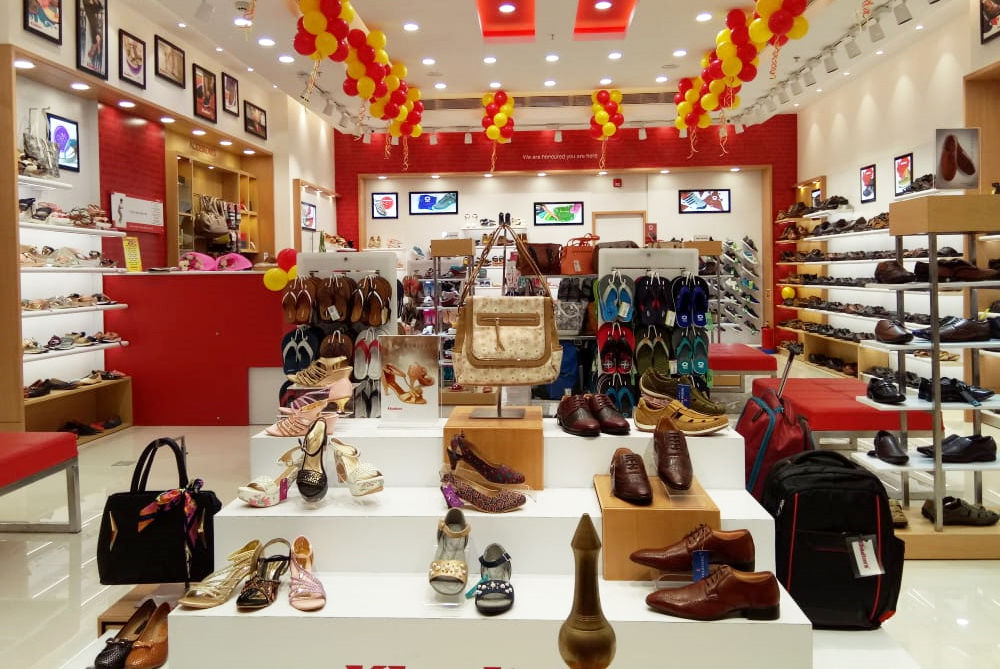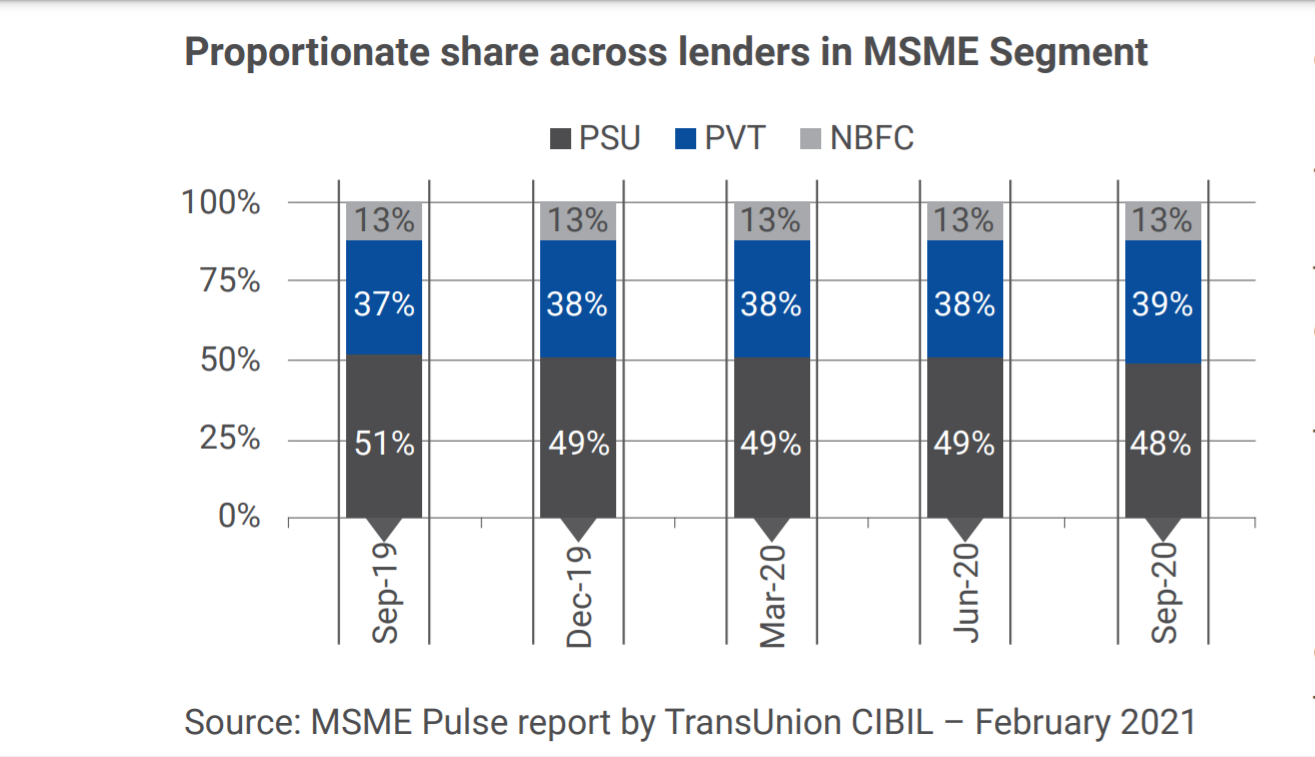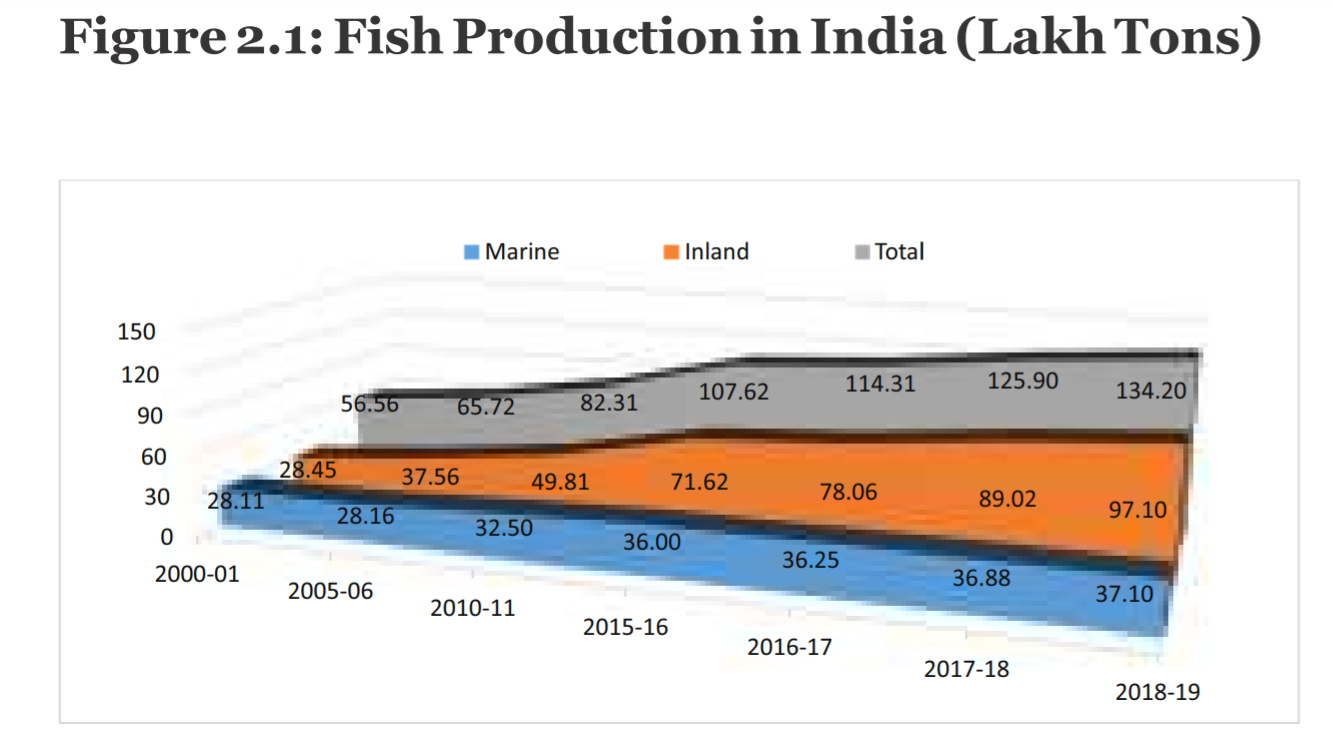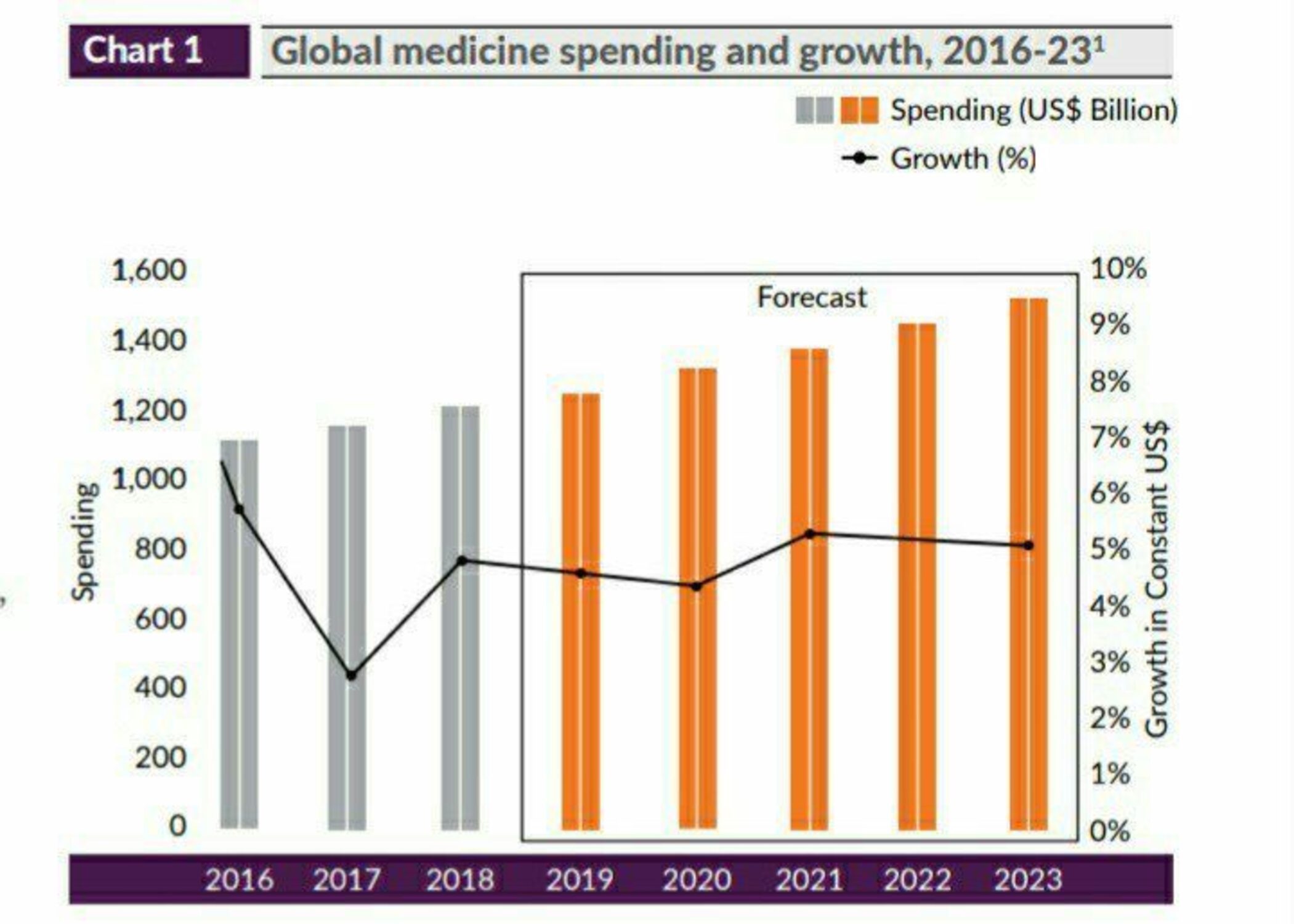About Footwear Industry In India. With the focus of Government on manufacturing sector, the future potential of the footwear industry is promising, particularly for established and organized brands. The on – going changes in lifestyle and purchase habits have influenced the footwear industry as well.
A growing Indian fashion and lifestyle market and a rising trend in fitness & well – being have greatly spurred footwear styling and growth, more so among the branded segment.
Footwear Industry In India 2020
India is the second largest footwear manufacturer in the world with 9% of the annual global production of 22 billion pairs.
Footwear Industry in India Presently about 90% of the footwear produced in India is consumed by the domestic market and the rest is exported. India’s consumption stands at ~2.1 billion pairs and is third largest globally after China and USA.
Rising disposable income is allowing individuals to move up the value chain, demanding products for different use occasions, leading to emergence of new product segments in footwear in aesthetics, performance and price. This in turn is fuelling growth in individual categories, be it slippers, sandals or shoes, driving industry leaders to continually innovate their offerings.
- Indian Footwear Industry Contribute 9% of the annual global production
- Import duty on footwear is 35 per cent in India
Footwear Industry in India Unlike most global markets, the Indian footwear market is skewed towards men with the segment commanding nearly 60% share vis-à-vis a global average of 40%. However, improved education and employment opportunities and the resultant economic empowerment for women has substantially augmented demand of trendy and stylish footwear among women of all age groups and likely will lead to disproportionately higher growth in the women’s footwear market.
- Indian footwear market is under penetrated with per capita consumption of only ~1.7 pairs per annum against a global average of 3 pairs.
- India’s consumption stands at ~2.1 billion pairs and is third largest globally after China and USA.
Increased internet access and evolving digital technologies have created a whole new marketing ecosystem. A new class of consumers has sprung up being more aware, ambitious and willing to adopt the change early.
The companies too, are quick to spot this emerging segment and have adapted their strategies and earmarked significant investments to tap this market. A perfect interface has been enabled with the emergence of online market places and support infrastructure for logistics and billing.
Further, availability of huge data and advanced analytics has enabled companies
to access invaluable information about consumer behaviour, useful for product development and strategic marketing planning.
Omni channel presence is the new buzz word, and companies are rushing to reap this trend. For consumers, all this translates into a bonanza of greater availability,
convenience and price optimisation, helping them in taking informed shopping decisions.
Additionally, this evolution has led to a spurt in demand from tier 2 cities, and below, opening up newer markets for the footwear industry. Several leading global fashion and lifestyle brands have started betting big on small cities o India.
Nearly a third of future consumption in footwear is expected to come from the aspirational consumers in these markets.
Import Duty on Footwear in India
Budget 2020: Government has hiked import duty on footwear from 25 per cent to 35 per cent and on footwear component from 15 per cent to 20 per cent. This move, combined with recent government announcements on promoting ‘Made-inIndia’ footwear, is expected to provide a boost to domestic manufacturers.
Opportunities and challenges of Footwear Industry
The Indian footwear market is under penetrated with per capita consumption of only ~1.7 pairs per annum against a global average of 3 pairs, while the developed countries average around 6-7 pairs.
With rising disposable incomes and emergence of fashion conscious and aspirational consumers, the Indian footwear market is well positioned to achieve double digit growth over the next few years. Footwear, being a labour intensive industry, also presents a unique ‘social’ opportunity with a potential to generate employment for over 20 lakh people over next few years.
Abundant raw material and cost efficient skilled labour, provide a distinct competitive advantage to Indian footwear manufacturers over their international peers, enabling them to tap the huge domestic market.
Given the right market access and incentives, the industry is well poised to even target global markets and transform India into an export hub for footwear.
Read More about Relaxo Footwear.
Risks and Concerns
Economic and political factors, both national and global, that are beyond control, and factors force majeure’ may directly affect performance of the Company as well as the footwear industry.
These factors include interest rates and its impact on availability of retail space, rate of economic growth, fiscal and monetary policies of governments, inflation, deflation
consumer credit availability, consumer debt levels, tax rates and policy, unemployment trends, terrorist threats and activities, worldwide military and domestic disturbances and conflicts, pandemics, and other matters that influence consumer confidence and spending.











Which footwear company has sold 3.8 crore pairs in 2021-22 ??
I feel really happy to have seen your Helpful and Informative blog. Thanks for sharing this information with us.
I really like and appreciate your blog post. The global footwear estimated market size US$251.820 by 2025.
Sincerely thanks!
Sports shoes and Truck suit